Order Siluriformes Higher classification Hypoptopomatinae | Phylum Chordata Scientific name Otocinclus Rank Genus | |
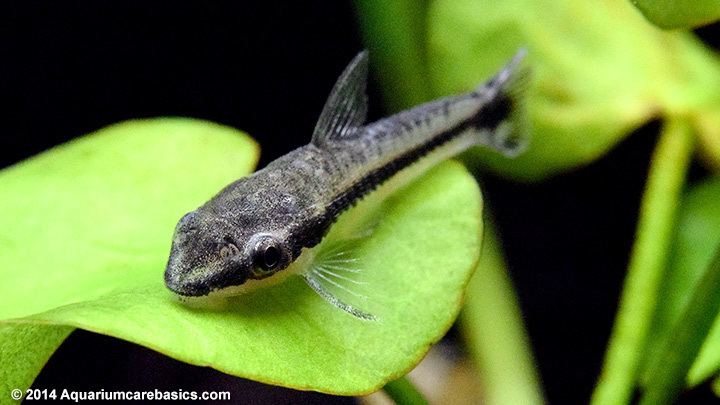 | ||
Lower classifications Dwarf sucking catfish, Dwarf Suckermouth, Zebra oto, Oto cat | ||
Otocinclus catfish care guide otocinclus vittatus best nano algae eater great for brown algae
Otocinclus is a genus of catfish in the family Loricariidae native to South America which are commonly called "dwarf suckers" or "otos". This genus, like other loricariids is characterized by rows of armour plating covering the body, as well as the underslung suckermouth. They are generally small in size; O. tapirape is the smallest of the species (2.4 cm), while O. flexilis is the biggest (5.5 cm). These species have adaptations that allow them to breathe air. A duct forms at the junction between the esophagus and the stomach and expands into an enlarged, ring-like diverticulum, diagnostic of this genus, which allows air-breathing. Otocinclus are popular aquarium fish. They are often purchased as algae eaters. It is difficult to breed them in captivity, and only wild caught Otocinclus are available to hobbyists. This genus is widely distributed east of the Andes of South America, throughout the lowlands from northern Venezuela to northern Argentina, but are generally absent from the Amazon and the Orinoco lowlands.
Contents
- Otocinclus catfish care guide otocinclus vittatus best nano algae eater great for brown algae
- In depth otocinclus catfish otocinclus vestitus
- Etymology
- Taxonomy
- Species
- Ecology
- References

In depth otocinclus catfish otocinclus vestitus
Etymology

The Otocinclus name is derived from the Greek oto, meaning ear and the Latin cinclus, meaning a latticework, an allusion to the holes in the head in the region of the ear.
Taxonomy
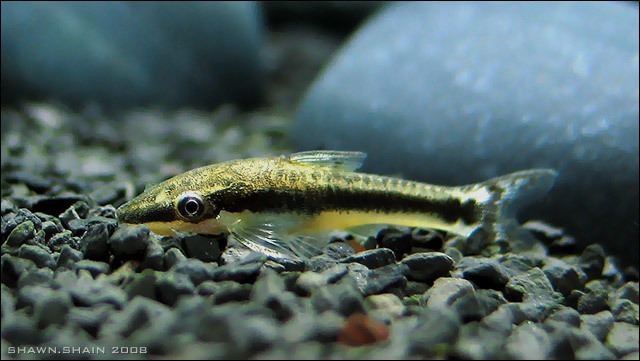
Otocinclus is the most basal genus of the tribe Hypoptopomatini of the subfamily Hypoptopomatinae. However, phylogenetic relationships are currently under study and this genus may eventually be relocated. Its monophyly is supported by seven derived features. O. batmani, O. bororo, O cocama, O. huaorani, O. mariae and O. mura form a monophyletic group within this genus. A monophyletic group is also formed by O. flexilis, O. mimulus and O. xakriaba, which all share mimicry as a synapomorphy.
Species
There are currently 19 recognized species in this genus:
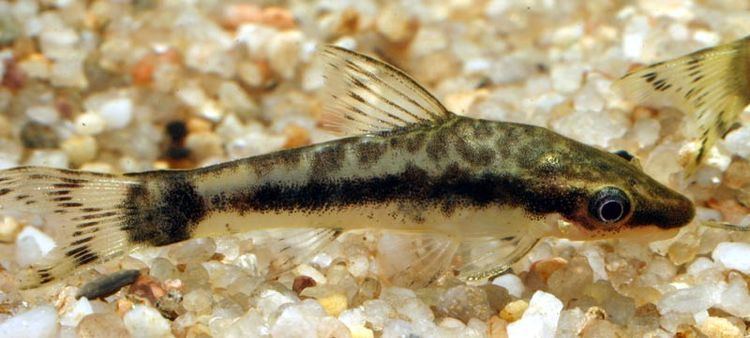
Ecology
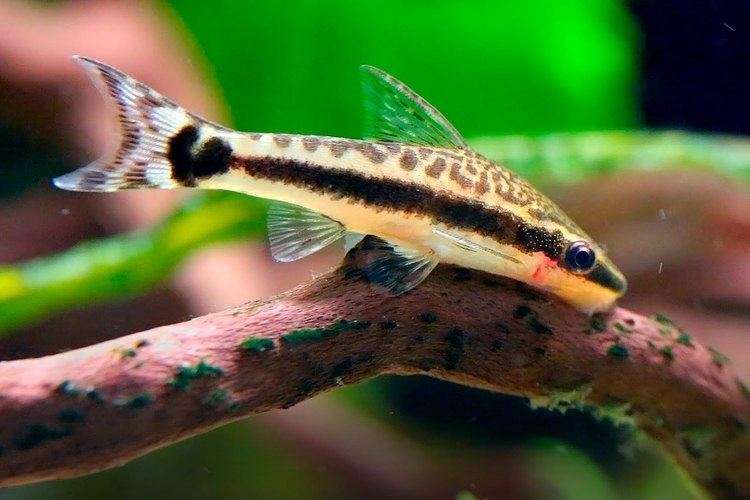
Species of this genus are diurnal and generally are found in small streams or along the margins of larger rivers, clinging to substrates using the mouth as a sucker and feeding on algae or aufwuchs on roots, stones, macrophytes and broad-leaved grasses. They inhabit well-oxygenated, moderate- to slow-flowing environments, often near river banks. They are found near the surface of the water, but are often associated with vegetation or other structures. They lay adhesive eggs and do not guard them; this is in contrast to many other loricariids where the male builds a nest and guards the eggs. These fish live in shoals or schools. Otocinclus are able to breathe air. Prior to surfacing, they will release air through their gills and mouth. Upon returning to the bottom, the fish do not need to pump their buccal cavities, indicating they are absorbing oxygen from the swallowed air.
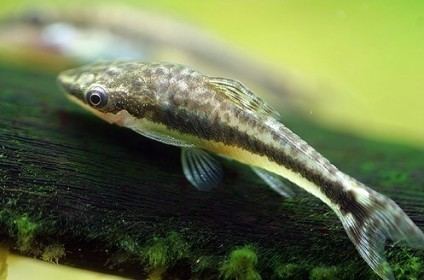
O. flexilis, O. mimulus and O. xakriaba are considered to be Batesian mimics of certain Corydoras species (C. diphyes, C. garbei, C. nattereri and C. paleatus, respectively). These Corydoras species have bony plates of armor and strong spines as defenses, making them less palatable; by mimicking these species in size and coloration, Otocinclus spp. avoid predation.
